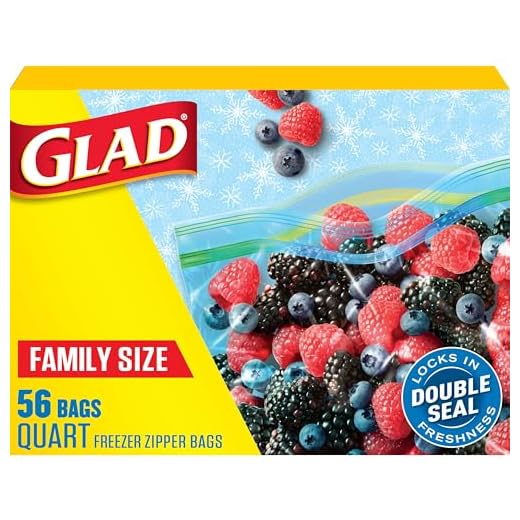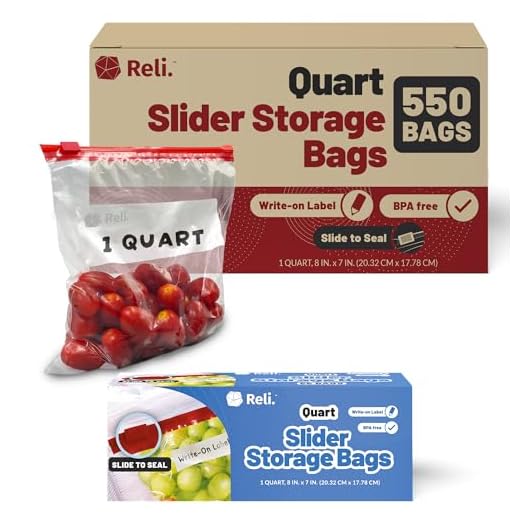







Containers holding up to 3.4 ounces (100 milliliters) each are permitted in onboard compartments. All vessels should fit within a single quart-sized (1 liter) transparent, resealable plastic bag. This bag must be presented separately during security screenings.
Exceptions include medications, baby formula, and special dietary requirements, which can exceed the standard volume limit. Passengers should inform security personnel about these items for appropriate handling. Any items that exceed the specified volume may need to be discarded at checkpoints.
Alcoholic beverages with an alcohol content higher than 70% (140 proof) are strictly prohibited. Passengers may bring alcohol with a lower alcohol percentage if stored in compliance with standard size regulations. Always check the specific airline policies regarding beverage allowances and restrictions prior to boarding.
Understanding the 3-1-1 Rule for Liquids
A clear guideline: each traveler can bring liquids in containers of up to 3.4 ounces (100 milliliters) or less. These containers must fit within a single quart-sized, clear, resealable bag. Maximum number of bags allowed is one per passenger.
- Ensure containers are properly sealed to prevent leaks.
- Items like gels, creams, and pastes count towards the total.
- Exemptions apply to medications, baby food, and breast milk, which may exceed the size limits but are subject to inspection.
Keep the quart-sized bag easily accessible in your underseat backpack for effortless screening. Consider selecting the best underseat backpack for air travel to streamline your packing process.
Keep in mind that regulations may differ by airline or country, so checking specific policies before travel is wise.
Allowed Liquid Volume and Container Requirements
Each passenger is permitted to bring containers with a maximum capacity of 3.4 ounces (100 milliliters) for most liquids. All containers must fit within a single quart-sized (around 1 liter) transparent, resealable plastic bag. This bag should remain closed during the security screening process.
Container Specifications
Containers should be no larger than 3.4 ounces, regardless of the amount of liquid present. Any larger containers that are partially filled will not be accepted. Ensure that the bag is clear and easily accessible for inspection to facilitate a swift screening experience.
Exceptions and Special Cases
Items such as baby food, medical liquids, and special dietary requirements may be exempt from these limitations, but they must be declared at the security checkpoint. Always check specific airline guidelines for additional instructions regarding special items.
For additional travel comfort, consider bringing along helpful accessories, such as the best aquarium bubbler to enhance your experience.
Exemptions to the Liquid Rules for Special Items
Medications, baby food, and breast milk are notable exceptions to the typical restrictions on fluid volumes during airport security screenings. Passengers may bring these items in quantities exceeding the standard limits, provided they are declared at the screening checkpoint.
For medicines, documentation, such as prescriptions or a doctor’s note, can facilitate security procedures. It’s advisable to keep these products in their original packaging, including labels, to confirm their contents.
Infant nutrition also receives special consideration. Parents or guardians can carry necessary amounts of formula, milk, and food, which should be verified by security personnel. Quantities should align with the duration of travel to avoid excess.
Additionally, items like liquid oxygen and certain specialty beverages for medical needs are permitted, although prior coordination with the airline is essential. Always check airline-specific guidelines and regulations, as they can vary.
Tips for Packing Liquids in Your Carry-On
Utilize resealable plastic bags that comply with size regulations to group containers. A quart-sized bag is recommended; this ensures easy access during security checks.
Opt for travel-sized versions of your favorite products or transfer necessary items into smaller bottles. This minimizes space and weight while remaining compliant with volume guidelines.
When choosing containers, ensure they are leak-proof. Pre-check caps and seals to avoid spills, which can cause inconvenience and damage to other belongings.
Arrange your bag so that liquids are on top for quicker retrieval during screening, and place the bag in an easily accessible part of your carry-on.
Store all containers upright to reduce the risk of leakage. This precaution is especially important for products that may expand with temperature changes.
Consider packing essential items first, then evaluate what’s absolutely necessary. Avoid packing full-size bottles unless absolutely required, as this can lead to complications at security.
For flights, verify any specific airline policies regarding liquids as they can vary. Some flights may allow additional items or have stricter guidelines.
| Tip | Description |
|---|---|
| Use Resealable Bags | Effective for grouping containers together for ease of screening. |
| Travel-Sized Products | Reduces weight and meets volume restrictions. |
| Leak-Proof Containers | Preemptively prevents spills and damage during travel. |
| Organize for Easy Access | Facilitates quick retrieval for security checks. |
| Store Upright | Minimizes risks of leaks during transport. |
Consequences of Violating Liquid Regulations
Failure to adhere to restrictions regarding fluid transport may result in immediate confiscation of items. Airports employ security personnel who meticulously screen all baggage, leading to the disposal of non-compliant containers. Consequently, travelers risk losing medications, toiletries, or any important fluids they might require during their trip.
Violations can also lead to additional screening processes, causing delays that may impact connection times or overall travel schedules. Frustration grows as longer waits at checkpoints compound stress, especially for those with tight itineraries.
In some instances, non-compliance may raise suspicion among security staff, resulting in further investigation. Those perceived as attempting to circumvent regulations might face more serious repercussions, including questioning by law enforcement, which is especially cumbersome in foreign countries.
Best practice is to meticulously plan packing, keeping in mind allowable volumes and container specifications. Consider investing in suitable storage options, such as a best hunting day backpack, specifically designed to accommodate allowed items without incident.







